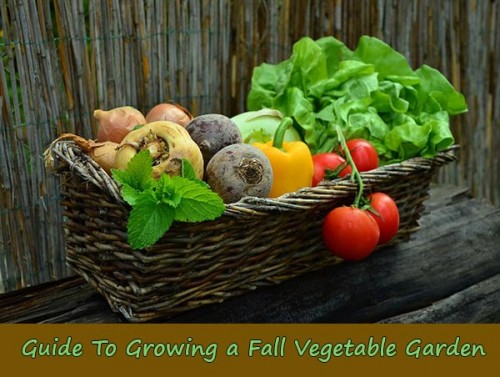Guide To Growing a Fall Vegetable Garden

With summer winding down, many people think that the time to reap fresh vegetables from home gardens may be winding down along with it. Savvy gardeners know, however, that there is still time to sow and grow some of the tastiest vegetables you will have all year! In fact, investing a little extra time and energy now can guarantee that you will have fresh vegetables to harvest long after the first frost has terminated your tomatoes and blackened your beans.
In warmer climates, there is still time to grow the best broccoli, cauliflower, and cabbage of the season while in cooler climates, it is prime time to plant carrots, rutabagas, radishes, and many superb salad greens. Following is a quick guide to gardening through the end of summer and into the months of fall. Check out this article below…
Guide To Growing a Fall Vegetable Garden




